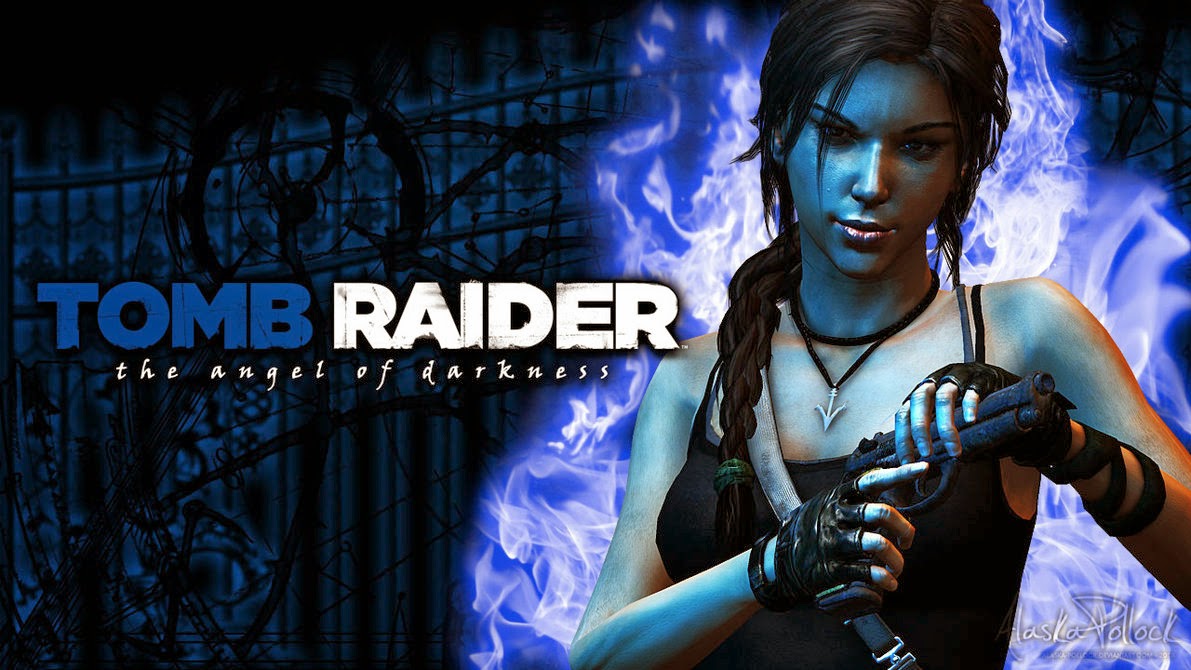
Peter remembered the lift from the Derelict Apartment Block level quite well. Ash noted that the (sadly removed) training area was a part of the E3 demo. Murti was impressed at how AOD looks for a 16-year-old game. There are also a couple of TR: C’s FMV music tracks in the score. If you listen carefully, you’ll notice that TR: AOD’s theme is very similar to TR: TLR’s theme. A lot of the music was also reprised or reimagined from the Tomb Raider: The Last Revelation theme. On the LSO version, the woodwinds weren’t as prominent as Peter wanted them to be this was a problem because Lara’s theme is carried by woodwinds and any woodwind motifs reflect Lara’s presence. The LSO track is underneath the original track. The final in-game version used both the LSO track and the demo track in an even 50–50 combination this was because some parts of the LSO track didn’t cut through properly and the only way he could make it work was by combining the tracks together. Peter said that he didn’t like the LSO track version that plays in the opening cutscene specifically, during the part where the dogs are chasing Lara. As long as it sounds right and no one questions it, it means it’s been done right.

You hardly ever use the same object you see on the screen. Peter explained that doing foley (the industry term for sound effects) is interesting, especially in terms of the objects you use to replicate a sound. He created that sound by putting a microphone at one end of the studio and throwing an object with similar weight/physics to a gun several times until it landed just right. The main menu graphics were created by Paschal McGuire (artist and animator for TR: AOD) and contain the names of some of his family members he simply modified the letters to make them look encrypted.Īs they watched the opening cutscene, Peter recalled how difficult it was to capture the sound effect of the gun falling and sliding under the chair. The “bug” sound in the main theme, he explained, was actually one of the musician’s chairs (from the London Symphony Orchestra (LSO)), being accidentally knocked over. Ash used the TR SCU tool in order to show Peter and Murti as much of the game as possible in the time available.Īs soon as the game started, Peter joked that he recognized the music. However, after giving it some time (or, in their case, over 10 years), it was quite refreshing to see it in person. Peter said that, when you work on something for so long and you’re so close to it, the last thing you want is to see the finished product. Depending on their work, they will generally just “walk around” the levels in order to get a feel for them.

They explained that this was because developers didn’t (and don’t) really get the opportunity to play games the same way as the gamers themselves. Most of the levels Peter had seen were wireframe versions and Murti had played the DVD version to look at some of the environments, but that was about it. There were areas they’d never seen prior to this playthrough.
.jpg)

Neither Murti nor Peter had ever played TR: AOD after its release due to the game’s bad reviews. To support The Dark Angel Symphony project, Peter Connelly (composer for Tomb Raider: The Last Revelation, Tomb Raider: Chronicles and Tomb Raider: The Angel of Darkness) and Murti Schofield (writer for Tomb Raider: The Angel of Darkness) joined Ash Kapriélov (comms lead & project manager for The Dark Angel Symphony) for the Tomb Raider: The Angel of Darkness livestream playthrough.


 0 kommentar(er)
0 kommentar(er)
